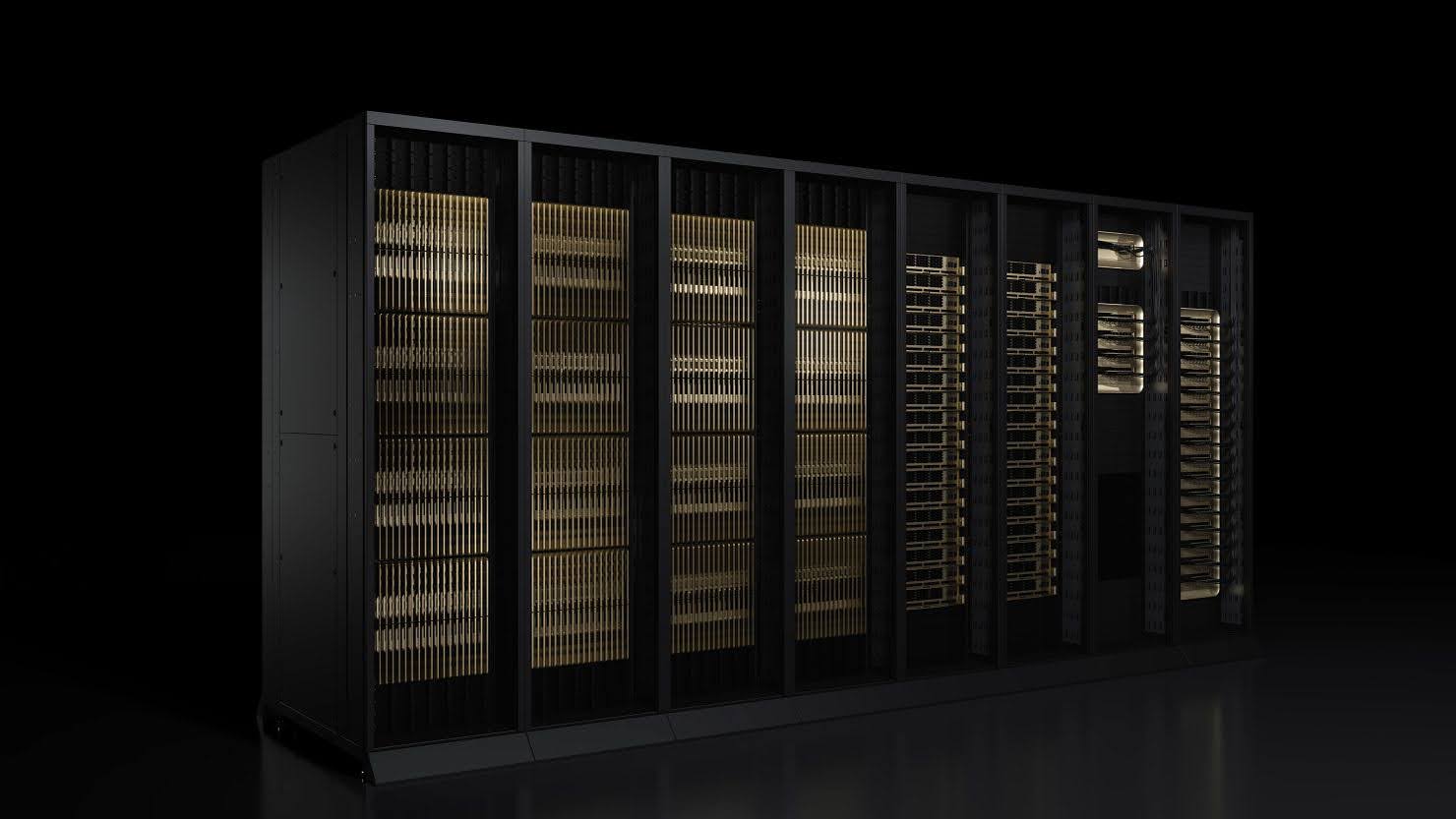Among the revelations and reintroductions of rack-scale systems at OCP earlier this month, Nvidia’s contribution of the 800 VDC architecture seems to have stolen the show. This past year, Nvidia’s most prominent customers have experienced the rising inefficiencies of using established power architectures as they rapidly ramped up GB200 NVL72 (Blackwell) racks. The announcement of the new power architecture signals a significant improvement over the existing deployments, enabling Nvidia and its customers to continue scaling.
480 VAC Shortcomings
Traditionally, data centers have used 480 VAC power, and fitting modern GPU racks while providing good quality of service requires multiple power-conversion steps: taking 13.8 kVAC from the grid, transforming the electricity to 480 VAC, converting it from AC to DC and back to go through the uninterruptible power supply (UPS) batteries, stepping it down again to 208/415 VAC at a power distribution unit (PDU), and finally converting it to 12 VDC for the servers. This approach is inefficient: only about 75% of the supplied wattage is available for computation.
54 VDC Advantages
Newer systems, using 48 or 54 VDC power, skip or improve on these steps, boosting efficiency to over 90% in the best deployments. Consequently, hyperscalers have rapidly adopted 54 VDC for their Nvidia HGX H100 and H200 clusters. However, even the 54 VDC infrastructure exhibited strain when they first deployed Nvidia GB200 NVL72 racks: power supply units (PSUs) occupied eight of the rack’s 42 slots, and busbars heated up from carrying over 2,000 A under load.
800 VDC Superiority
Nvidia anticipated the impossibility of deploying the upcoming Rubin NVL144 racks on existing 54 VDC infrastructure and introduced a new data-center power architecture, one that would be more efficient and scalable. Raising the voltage to 800 V reduces the data-center and busbar currents by close to 15×, significantly decreasing the amount of copper required and the heat generated by the power system. For Nvidia’s future 576-GPU Kyber rack designs, 800 VDC architectures will preclude massive busbars or sidecar racks full of PSUs.
This isn’t the first time the world has seen 800 VDC, however. OCP already had an architecture that overcame many of the issues with older systems and was designed to be compatible with existing 480 VAC infrastructure. The Mount Diablo ±400 VDC bipolar system fit into existing 480 VAC data centers with added power cabinets and rectifiers. It achieved 800 V by spanning positive and negative 400 V.
Bottom Line
Google, Meta, and Microsoft have adopted Mount Diablo, but interest beyond these three has been limited. Google hinted that this project was only a transitional step and limited to 1 MW racks. With Nvidia’s name behind the new (and superior) 800 VDC system, it’s become preferred despite its incompatibility. This architecture will likely be adopted by data-center providers such as Equinix and Digital Realty, driven by customer demand for Nvidia’s future rack-scale products.
XPU.pub welcomes this contribution by Hitesh Kumar. Hitesh is an AI/HPC cluster design engineer based in London, UK, and is making hardware cool again! He writes about compute and networking infrastructure for AI and HPC, and occasionally dabbles in talking about storage too. You almost certainly won’t find him writing about the latest AI models or LLM benchmarks, however. Most of his work is on LinkedIn and Substack.


